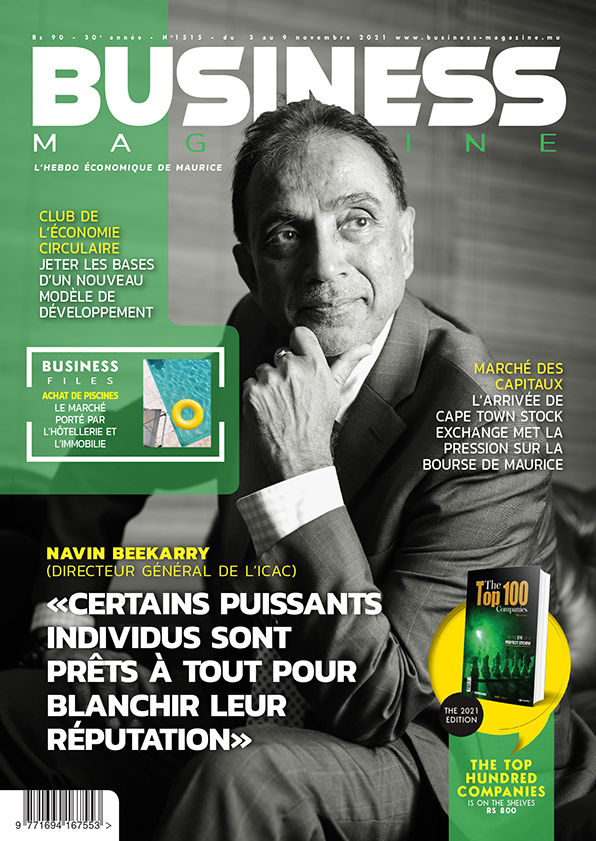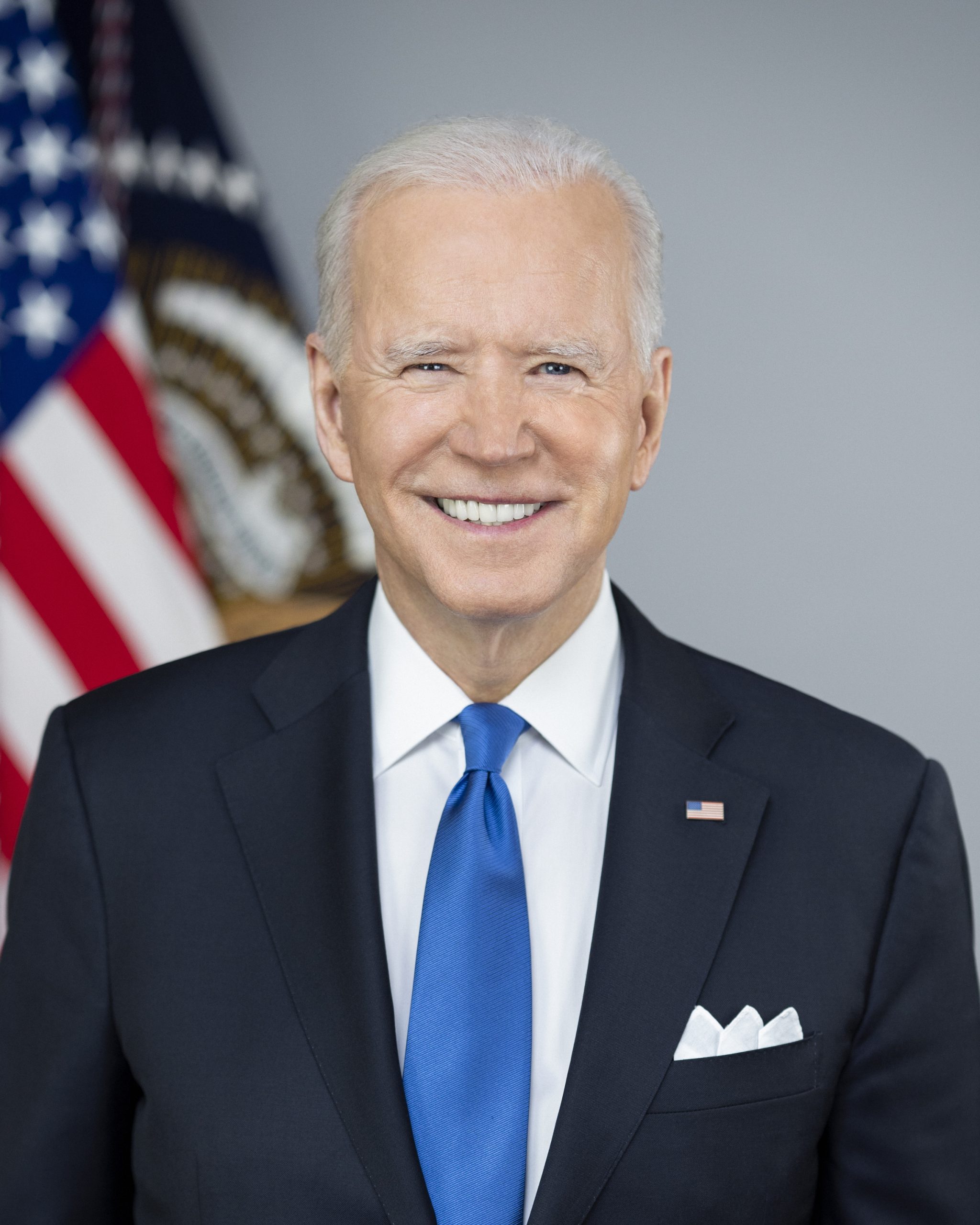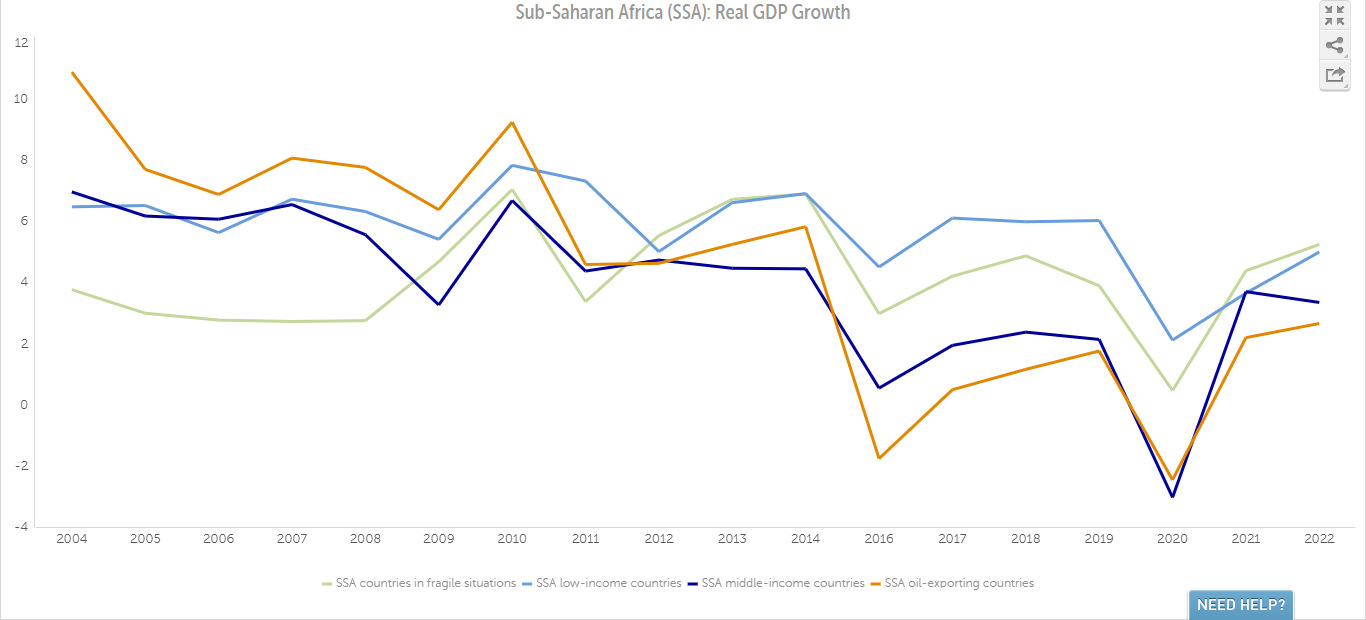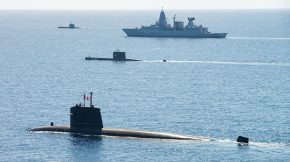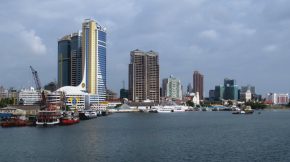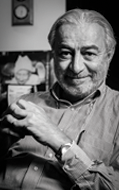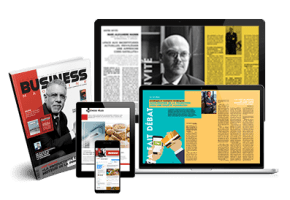Leaders new philosophy
Share
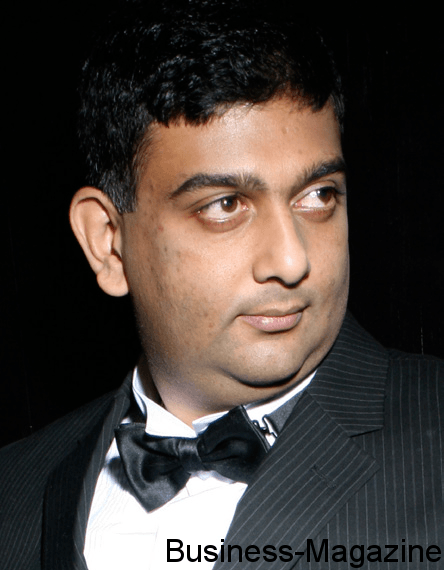
It’s never been realistic to break leadership into a fixed set of essential competences, and that’s particularly the case in today’s complex, volatile environment. I would like to amplify, extend and emphasize three skills that can help leaders/CEO/ Senior Management thrive in today’s turbulent environment, which for many has prompted a reexamination of fundamental assumptions about how they do their jobs, while underscoring the importance of leading with a purpose. Resilient leader, as Shimon Peres reminded us, are those who have “ambition for a cause greater than themselves.”
The conditions of the late 20th century will either be reversed or seesaw violently. Managing the immediacy of these changes, while also staying alert for long-term “trend breaks,” will require leaders to see the world in multiple ways. Leaders need to view the world through two lenses: a telescope, to consider opportunities far into the future, and a microscope, to scrutinize challenges of the moment at intense magnification. Most of us are naturally more comfortable with one lens or the other; we are “farsighted” or “nearsighted,” but rarely both. In times of complexity, leaders must be able to see clearly through either lens and to manage the shift.
Compete as triathlon
Leaders must use the telescope to watch for long-term trends, dream big dreams, imagine where a company should be in five or ten years, and reallocate resources accordingly. The accelerating pace of technological innovation makes this aspect of a leader’s role more important than ever. The microscope, too, affords a critical perspective which force the organizations to challenge conventional wisdom; consider the implications of unlikely, “long-tail” scenarios; and focus on pressing issues in minute detail. As organizations grow larger and more complex, leaders must work harder to stay in touch with the front line and view themselves as “reality performance testers.”
Forces that buffet leaders in the private sector—slow growth, unemployment, sovereign indebtedness— can be addressed only in concert with the public sector and are heavily influenced by the actions of groups that are neither commercial nor governmental entities. When governments play a more active role in regulating markets, and social movements can spring up in a matter of days, so corporate leaders must be nimble as triathlon athletes, as said by Harvard political scientist Joseph Nye: “able to engage and collaborate across the private, public, and social sectors”. Governmental leaders and non-governmental organizations must likewise break out of their silos. Issues such as infrastructure, unemployment, education, or protecting the environment are too complex and interrelated to deal with in isolation. Many of the leaders have learned the value of examining their business decisions in a social and political context. Even those wary of open-ended discussions about corporate social responsibility say they find it useful to think about managing a “triple bottom line” that reflects their organizations’ performance in the public, private, and social spheres.
Stay grounded during a crisis
Modern leaders spend far more of their time firefighting than their predecessors did. Coping with externally generated crises, many argued, has become a key part of the modern leader’s role. When crisis is normal, global organizations need leaders who are able to act quickly and calmly amid chaos. Many leaders highlighted the value of “stresstesting” members of the top team to gauge their ability to cope with crisis. I heard competent managers can’t always perform in moments of extraordinary pressure. The emotional and physical stamina demanded of leaders today is extraordinary. Sometimes too many decisions at once diminishes the ability to make wise decisions at all.
If the burden of leadership in the modern age seems overwhelming, the potential benefits are overwhelming too. If led well organizations can do more for people than they have at any other moment in history.
That is the flip side of all the chaos, complexity, and pressure, and it makes leading through those challenges a noble endeavor. I find intrigued by the growing body of research in psychology, sociology, and neuroscience that highlights the importance of “decision fatigue.” Each morning when I get up, I have a decision to make “I can be happy “ or “I can be very happy”. Therefore I decide to be very happy and I allow the attitude to guide me throughout the day , no matter what happens , as each crisis contains an opprtunity.

